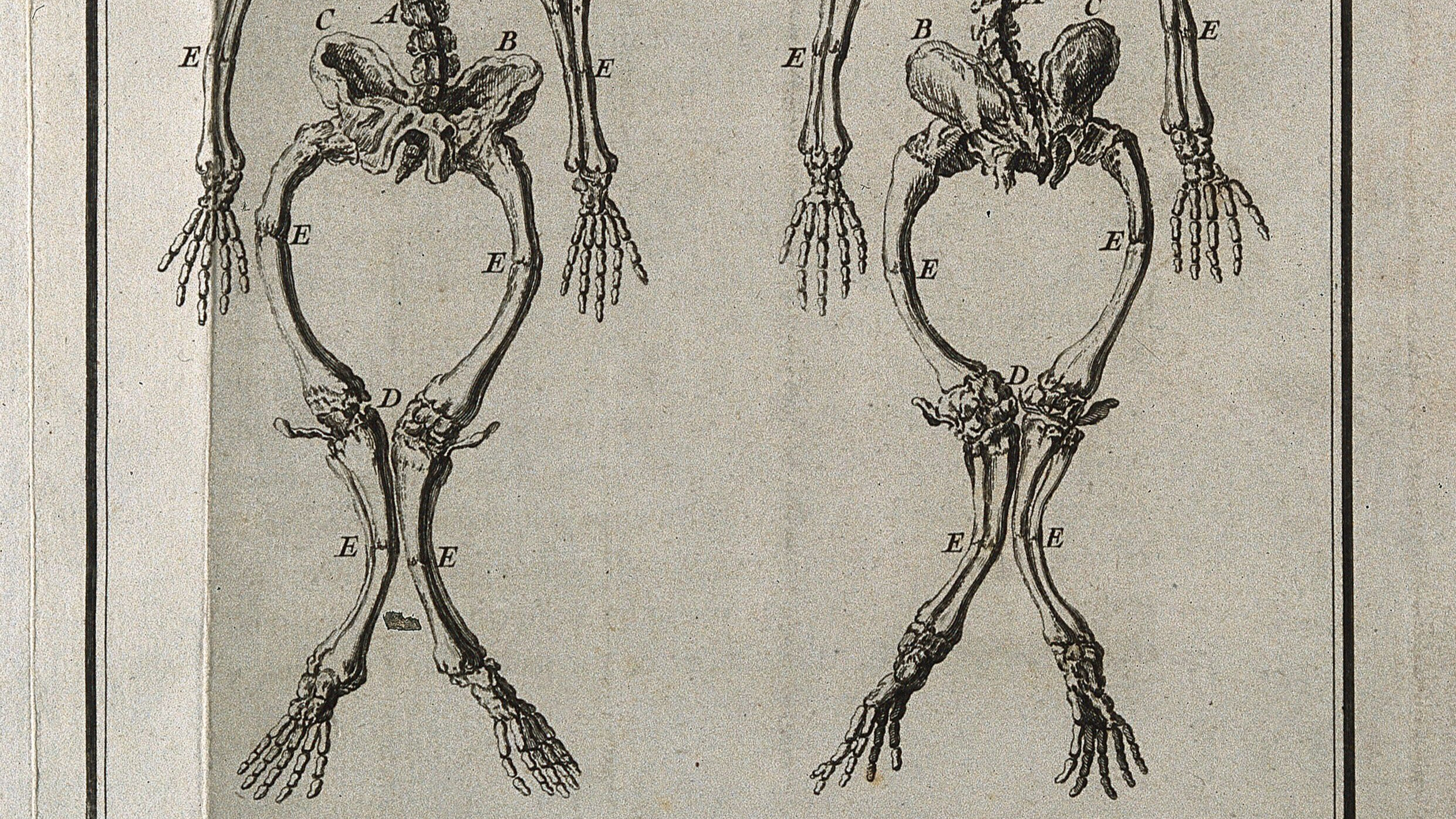
Rickets - a disease that once crippled thousands of people in 19th century Britain - is on the rise again in Scotland. A total of 442 cases of rickets - which can cause soft and weakened bones, fractures and bowed legs - were recorded in 2022, compared to 354 in 2018./Wellcome Collection.
Rickets - a disease that once crippled thousands of people in 19th century Britain - is on the rise again in Scotland. A total of 442 cases of rickets - which can cause soft and weakened bones, fractures and bowed legs - were recorded in 2022, compared to 354 in 2018./Wellcome Collection.
A disease linked to poverty and malnutrition that once crippled the crowded slums of 19th-century Britain is on the rise in Scotland, according to data published at the weekend.
A total of 442 cases of rickets - a skeletal disease caused by a sustained lack of Vitamin D - were recorded in 2022 compared to 354 in 2018, data from 13 of 14 Scottish health boards showed.
"Generally preventable conditions such as these are indicative of Scotland having the lowest life expectancy in the UK," Chris Williams, the joint chair of the Royal College of General Practitioners Scotland, told The Sunday Times newspaper.
He also suggested environmental factors such as a colder climate could be behind the increase.
Rickets, which can lead to skeletal deformities such as bowed legs or knock knees, has been linked to a lack of exposure to sunlight and Vitamin D which is found in foods like oily fish or eggs. Some 482 cases of the disease, which largely disappeared from Britain more than half a century ago after efforts to improve diet and exposure to sunlight, were found across England.
Most of the cases in Scotland were recorded in the Greater Glasgow and Clyde area with 356 diagnoses.
READ MORE
Afghan recalls tragic Channel crossing
Balkan Barbie: 11 year-old creates unique range
Crocodiles detect distress cries of human babies
Glasgow is one of the most deprived local authority areas in Scotland with 32 percent of all children in the city were estimated to be living in poverty in 2021-2022, according to Glasgow Centre for Population Health.
According to the latest data from 2019, men living in the most deprived areas of the city on average live 15.4 years less than those in the most affluent parts. For women, the gap has increased from 8.6 to 11.6 years.
Health workers suggested an increase in diversity in the city plus lifestyle changes to more sedentary, indoor activities and cheaper, unhealthy food may have contributed to the increase in rickets.
Other so-called Victorian-era diseases such as tuberculosis and scarlet fever are also increasing in Scotland.
Data collated by The Sunday Times showed 112 cases of tuberculosis in 2022 and a sharp rise in scarlet fever diagnosis, with 223 cases in 2022 compared with 39 the year before.
In England there had been 171 cases of scurvy in 2022, with three recorded in Scotland.
"Victorian diseases are diseases of poverty and they are common in parts of the world where people are poor," Stephen Baker, a molecular microbiologist at the University of Cambridge, told the paper.
"Rickets is associated with a poor diet and the likelihood of a poor diet may be encouraged by the cost of living."

Subscribe to Storyboard: A weekly newsletter bringing you the best of CGTN every Friday
Source(s): AFP